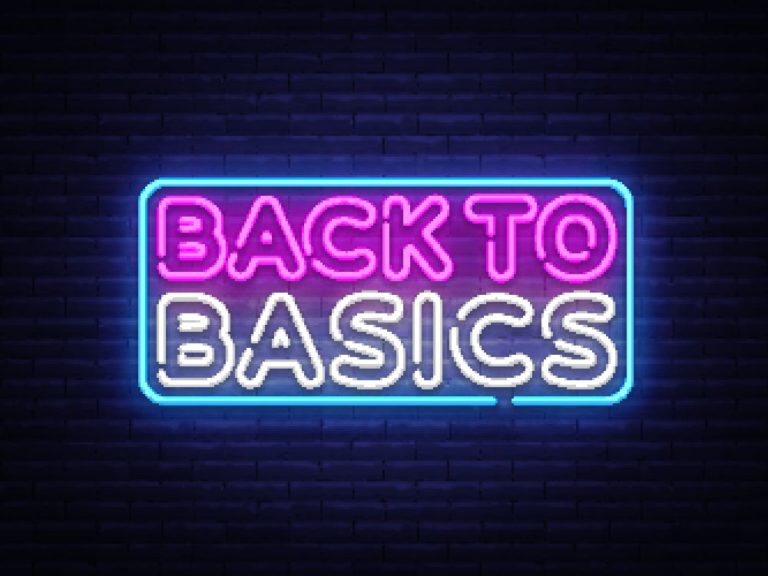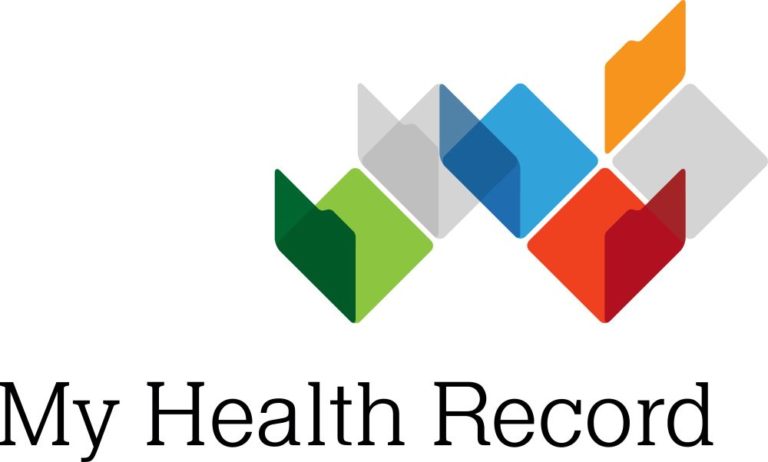[vc_row][vc_column][vc_column_text]
OVERVIEW
Treasurer Scott Morrison has handed down this third, and likely last budget before the next federal election. The theme of this year’s budget was focused on governments living within their means, keeping spending and taxes under control, and providing essential services.
In the weeks leading up to the budget, the Turnbull Government had begun announcing its commitments, giving the public a sneak-peek into what to expect when the budget was officially handed down.
The government used the budget head-start to differentiate itself from what it describes as the ‘high-taxing’ Shorten Opposition. As speculated, the government reaffirmed its commitment to cutting the corporate tax rate, and to the introduction of phased income tax relief, spread across seven years. As a result, low and middle-income earners will see immediate tax relief from 1 July 2018, with the Low-Income Tax Offset to almost double to $1,000 a year.
During his budget speech to the House of Representatives, the Treasurer announced the 37 per cent marginal rate will be abolished from 2024-25 and replaced with a simplified tax scale that includes a new rate of 32.5 per cent – making bracket creep a thing of the past for most working-class Australians. It’s also worth noting that the top marginal tax rate won’t see a threshold rise until, at least, 2024, increasing to $200,000.
The Treasurer’s pledge of $140 billion in personal income tax relief over the decade is optimistic as that seven years will run over two electoral cycles, meaning it could be susceptible to revision if there is a change of government.
Treasury modelling shows an optimistic return to wage growth of 3.25 per cent, which currently sits at approximately 2 per cent.
[/vc_column_text][/vc_column][/vc_row][vc_row][vc_column][vc_zigzag][/vc_column][/vc_row][vc_row][vc_column][vc_column_text]
Health portfolio
The 2018-19 budget builds on the government’s investment in health, which is expected to increase from $78.8 billion in 2018-19 to $85 billion in 2021-22. The Health portfolio now accounts for 16.13% of overall government expenditure.
As the nation’s fiscal situation continues to improve, the government is being encouraged to prioritise health expenditure for Australians. The current service delivery system in Australia provides fragmented care. If Australia seeks to become the “healthiest nation on earth” it will need to transform its healthcare system to be fit for the 21st century. While the healthcare industry will continue to advocated for reforms that shift away from volume and towards value-based healthcare (VBHC), this year’s budget made no commitments to aligning reform to VBHC.
The government has pledged to deliver $6 billion in record funding for Australia’s health and medical research sector, including $3.5 billion for the National Health and Medical Research Council, $2 billion in disbursements from the Medical Research Future Fund and $500 million from the Biomedical Translation Funding. The government will also invest an additional $10 million towards the BioMedtech Horizons program for which the Medical Technology Association of Australia (MTAA), through its Agreement, has ensured an additional $30 million.
Overall, stakeholders are positive about the budget’s health commitments. It is believed the Minister for Health, Greg Hunt, is taking a much more proactive approach with the sector, countering past negatives such as the ‘medicare’ campaign. One example of this is the government’s commitment to improving rural health services through the Stronger Rural Health Strategy, underpinned by this year’s budget commitments.
[/vc_column_text][/vc_column][/vc_row][vc_row][vc_column][vc_column_text]
Other insights from the health budget include:
- $1.3 billion over 10 years to establish a National Health and Medical Industry Growth Plan.
- $2.2 million in 2018-19 for the operational costs of the Australian Breast Device Registry and the Cardiac Devices Registry. The registries contribute to the long-term sustainability of the health system by supporting improved clinical care and better patient outcomes. This measure further extends the 2017-18 Budget measure titled Operational Costs for Cardiac and Breast Device Registries — extension.
- $2.4 billion for the Pharmaceutical Benefits Scheme (PBS) and Repatriation PBS over five years from 2017-18 to fund more medicine listings, including $241 million for SPINRAZA, a medicine to treat Spinal Muscular Atrophy (SMA), and $703.6 million for breast cancer treatment Kisqali.
- $338.1 million for mental health funding, focusing on suicide prevention, research and older Australians.
- Additional $10 million for the BioMedTech Horizons program.
- $40 million for whooping cough immunization.
- $25.4 million over four years for new and amended Medicare Benefits Schedule and Veterans’ Benefits items.
- $83.3 million for mental health nurses in rural areas.
- $106.8 million over four years to modernise health and aged care payments systems.
- $30 million over four years to the Australian Institute of Health and Welfare to improve accessibility to health information and statistics, including better data sharing capability and information and communications technology upgrades.
- help women take advantage of opportunities in the health care and social assistance industry by providing $64.3 million to establish a Jobs and Market Fund to grow the National Disability Insurance Scheme’s workforce.
- $37.6 million over four years from 2018-19 to improve follow-up care for people discharged from hospital following a suicide attempt — the highest at risk group in Australia — including:
- $10.5 million for beyondblue to provide national support and oversee the implementation of the Way Back Support Service (WBSS) in Primary Health Networks.
- $27.1 million for Primary Health Networks to commission services to be accessed by WBSS clients (contingent on co-contributions from States and Territories).
- $33.8 million funding boost for Lifeline will enable the mental health helpline to continue to save lives every day.
- $12.4 million over four years from 2018-19 to strengthen the National Mental Health Commission.
- As expected no announcement related to the Prostheses List or private health insurance.
[/vc_column_text][/vc_column][/vc_row][vc_row][vc_column][vc_column_text]
Budget Reply
The opposition used their budget reply speech to promise voters that, if elected, Labor would be able to deliver a larger tax break for low and middle-income earners than a coalition government. The opposition’s Working Australians Tax Refund, delivered at a cost of nearly $6 billion over four years, equates to $928 per year, which the opposition says would represent a tax refund of $400 more than offered in the budget.
The opposition is trying to position itself as the party of health and education by outlining a number of key policy announcements including a promise to reverse the government’s policies on hospitals by creating a $2.8 billion Better Hospitals Fund.
Opposition Leader Bill Shorten has said the funding would mean more beds to reduce emergency room wait times, a reduction in waiting lists for elective surgery, and upgrades to emergency departments in the suburbs and regions.
Stakeholders welcomed the opposition’s promise to provide new MRI machines to 20 hospitals and imaging centres in the regions and outer suburbs, giving Australians with cancer a better level of care. Worth noting is that while 40 per cent of cancer cures involve radiation therapy, only nine cents in every dollar for cancer treatment is spent on radiation therapy. Promising $80 million to pay for the machines if Labor won the next election, MR Shorten said Medicare would cover the costs of 500,000 more scans for cancer sufferers.[/vc_column_text][/vc_column][/vc_row]




